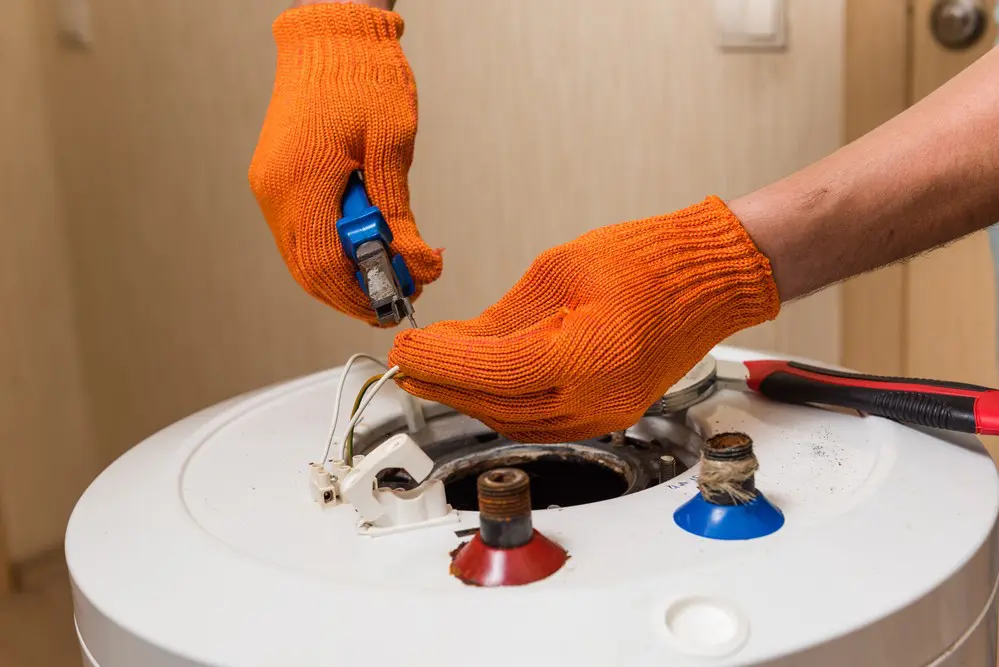Essential Water Heater Maintenance Checklist

Water heaters are often the unsung heroes of our homes, providing us with the luxury of hot water for showers, cleaning, and so much more. However, like any other appliance, they require regular care and attention to ensure they continue to function efficiently. In this article, we’ll share our essential water heater maintenance checklist that will help you avoid unexpected breakdowns and extend the lifespan of your unit.
Regularly Check for Leaks
One of the most critical aspects of water heater maintenance is checking for leaks. Even a small leak can escalate into a major problem if left unaddressed. Begin by inspecting the area around your water heater, looking for any signs of moisture or pooling water. If you notice any, it’s time to take action.
First, turn off the power supply to your water heater to ensure your safety. Then, identify the source of the leak. It could be a loose valve, a faulty pressure relief valve, or even a crack in the tank itself. Depending on the severity of the issue, you may need to tighten connections, replace faulty valves, or consult a professional for tank replacement.
Flush Out Sediment Buildup
Over time, sediment and minerals can accumulate at the bottom of your water heater tank. This buildup can reduce the unit’s efficiency and even lead to damage. To prevent this, periodic flushing is essential.
Begin by turning off the power and water supply to your heater. Attach a garden hose to the drain valve at the base of the tank and place the other end in a safe drainage area, like a floor drain or a bucket. Open the valve, allowing the water to drain slowly. As the water drains, it will carry away the sediment with it.
Once the water runs clear, close the drain valve, remove the hose, and turn the water and power supply back on. This simple task can significantly improve your water heater’s performance and prolong its life.
Test the Pressure Relief Valve
The pressure relief valve is a crucial safety component of your water heater. It helps regulate pressure inside the tank, preventing potential explosions. Regularly testing this valve is an essential part of water heater maintenance.
Start by locating the pressure relief valve on your unit; it’s typically on the side near the top. Place a bucket underneath to catch any discharged water. Carefully lift the valve’s tab to open it, allowing hot water to flow into the bucket. If the valve operates smoothly and water flows freely, it’s in good condition. However, if it’s stuck or doesn’t release water, it may need replacement.
Insulate Your Water Heater
Proper insulation can significantly improve your water heater’s energy efficiency, reducing your utility bills and extending its life. This step is especially important if your heater is located in an unheated area, like a garage or basement.
To insulate your water heater, start by turning off the power and letting it cool down. Then, wrap the tank with an insulating blanket or jacket, ensuring you leave openings for controls and vents. Secure the insulation in place with tape or straps.
By insulating your water heater, you’ll help it maintain the desired water temperature more effectively, reducing the workload on the unit and ultimately saving you money.
Regular water heater maintenance is crucial to ensure your unit operates efficiently and lasts for years to come. By checking for leaks, flushing out sediment, testing the pressure relief valve, and insulating your water heater, you can keep it in top condition. Remember that while these tasks are manageable on your own, it’s essential to consult a professional if you encounter any issues beyond your expertise. With proper maintenance, your water heater will continue to provide you with the comfort of hot water whenever you need it.
Ready to ensure your water heater stays in top shape? Contact Made’s Plumbing today for expert water heater repair and maintenance services. We’re here to keep your water heater running smoothly.
